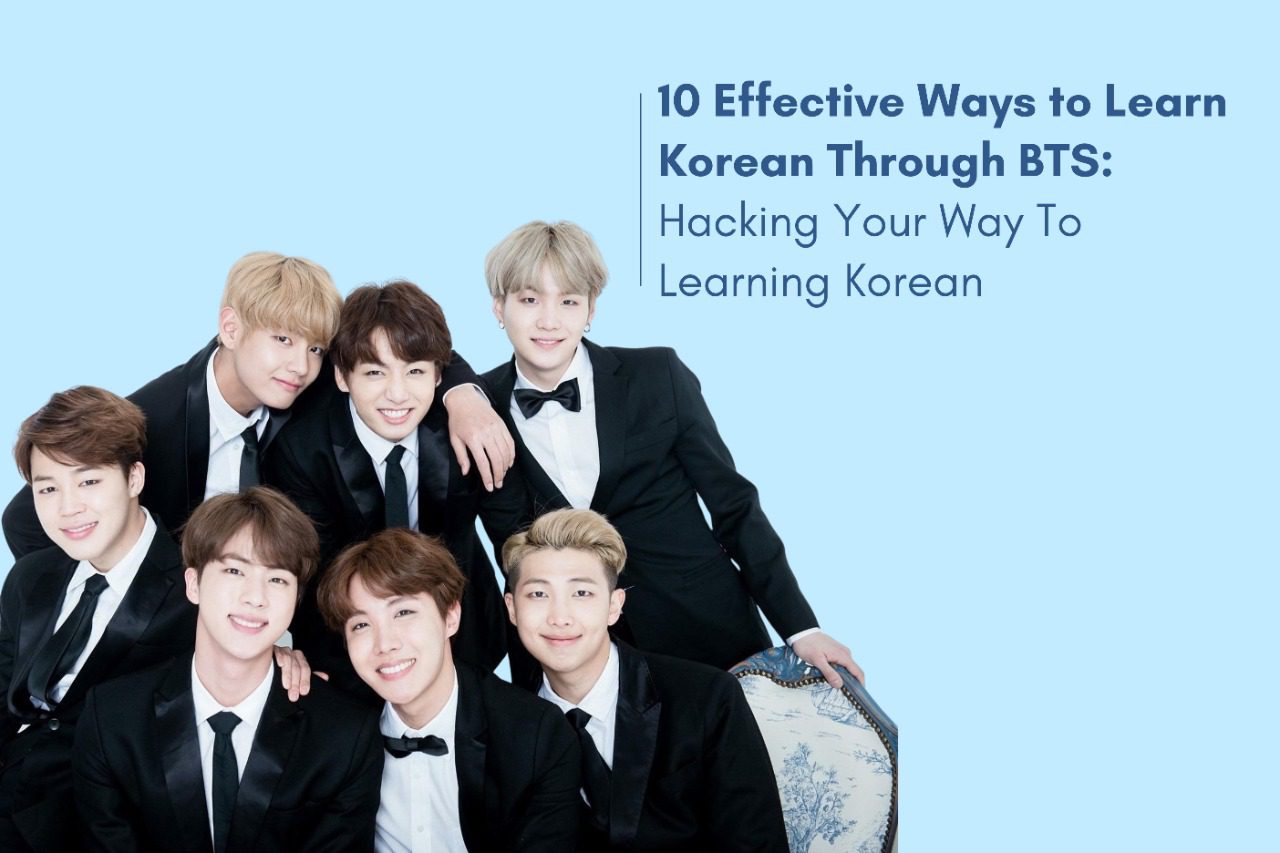The IELTS reading section is one of the most challenging parts of the test. You read a text, choose your answers and then wait for the computer to tell you if you’ve gotten it right or not. It may seem like this piece of cake but sometimes, it can be hard to find the answer since there are usually more than one answer choices that seem possible. These 6 strategies will help you tackle this difficult task with ease.
Importance of Vocabulary in IELTS
The importance of vocabulary cannot be stressed enough. The more words you know, the easier it will be to get the right answer. This means that if you don’t know a word, you may have to try to read around that part and guess what the correct answer is. Now the question becomes: how can I learn a lot of words quickly?
Skimming and Scanning for IELTS prep
The first strategy is skimming and scanning. Skimming is looking through the text quickly, while scanning is looking at parts of the text in more detail. When you skim and scan a text, you’ll be able to get an idea of what it’s about and how it’s organized. This can help you narrow down your answer choices when you come across questions that are worded differently than the rest
Preparing for the Questions of IELTS
Take your time to read the text. You need to understand what it’s saying because you will be asked questions about it.
Try reading the text at least twice. You should also try and take notes on what you read. It can be helpful to summarize the main points of the reading as well, so that you know what is important to refer back to when answering the questions.
The IELTS reading section has a tendency to bog down people with a lot of information at once, so if you find this happening, make sure you take a break from it and come back later. If it’s too much for you, then move on and answer the questions from another reading passage.
The first strategy is to underline key words or phrases in the passage that are necessary for understanding the text as a whole. There may be a few words in each sentence that might not seem important when you first read them but could have been put there intentionally by the author as clues for what he or she was trying to say in that sentence or paragraph. If there are any words or phrases that look confusing, try looking up their definitions before moving on with answering any of the questions or marking any answers.
When answering some of the questions in IELTS Reading section, don’t forget to use your common sense! Remember: sometimes there are more than one answer choices that seem possible but only one is correct! Use your common sense to figure out which answer choice seems
Strategies for Short Texts
If you encounter a text with a lot of unknown words, use context clues in the sentence to try and guess the meaning. If there are enough clues in the sentence, you should be able to figure out which one is correct.
If you’re scanning for something specific in a paragraph or sentence, hold down Ctrl and click on the word to highlight it then find it with your mouse or arrow keys.
To keep track of your reading speed, count how many words you read every minute. Then multiply that number by 180 to determine your reading speed per minute.
Try reading out loud to yourself while following along in the text on your screen. This will help you identify where sentences start and finish, which will make answering questions much easier.
When looking for an answer that includes numbers, take note of any time stamps or measurements given in the text such as “12:00 pm” or “3 meters” then search for those numbers when choosing an answer.
Strategy 1 – Find the Main Idea
The first step to answering questions on the IELTS reading section is to find the main idea. The main idea is usually found at the end of the paragraph or in the last sentence. Once you’ve identified it, you can use your answers to test it.
Strategy 2 – Summarize the Text in One Sentence
Summarizing the text in one sentence can be a very useful strategy. If you’re stuck on finding the answer, then it may be helpful to read the text again and try summarizing it in one sentence. If you find that difficult, try reading the text aloud and then summarize what you just said.
Strategy 3 – Identify a Stereotypical Scene
If you’re reading a text and it talks about one thing in particular but all you remember is that it’s an emotional scene then, this could be your answer. For example:
“He had been drunk last night”
In the following text, “He was drunk last night.” is the stereotypical scene.

Strategy 4 – Make an Inference from the Text
One of the most important strategies you need to know is that you should be making inferences from the text. Sometimes, when there are two or more different answers that seem equally plausible, it’s worth your while to make an inference. What does this mean?
This means that you might not necessarily be able to find the exact answer in the text but you can look around in the text for a clue and make an educated guess. This strategy is particularly effective with questions about opinions and attitudes. For example, if something is written as being true for one out of five people, then we can infer that it’s also true for four out of five people.
When you are reading a passage, it’s important to go through each answer choice and ask yourself: “Do I think this answer could be what they were trying to say?” If so, choose it. You may not be able to find exactly what they said but if you come up with what seems like a reasonable explanation, then choosing it won’t hurt your chances too much.
Strategy 5 – Paraphrase What You Read
Paraphrasing is a good technique to use on difficult texts. This means you should read through the text and simplify it for yourself, before looking for the answer. The idea behind paraphrasing is that we often don’t understand what we read as well as we believe. By translating the information into simpler words, you can more easily identify the answer. So, when you come across a word or sentence you don’t know, try rewording it in your own words to make sense of it. If after rewording, you still don’t understand it then move on to another answer choice.
Strategy 6 – Use Context Clues
**This strategy works best for longer paragraphs with one or two sentences that seem difficult to comprehend. You should identify possible context clues within a paragraph and look at the surrounding sentences to help you better understand what is being said. For example, if you come across a word such as “sick” and are unsure of how it was used in the paragraph then look in the surrounding sentences for clarity. Maybe there are sentences providing additional information about why someone might be sick? If not, then move on to another answer choice since this may not have been used correctly in the reading passage.
Strategy 7 – Answer the Questions without Reading
This strategy is definitely not for everyone. If you’ve never practiced it before, you’ll be surprised by how difficult the IELTS reading section can be. But if you feel confident, you might want to try this approach. Just read through the questions first and answer them without reading the text. Once you’ve answered all the questions, go back to the text and read it for some time. Now, start answering the questions again but this time, with the knowledge of what you are actually reading about in that text. This strategy will allow you to answer all 8-12 questions in no more than 10 minutes!











